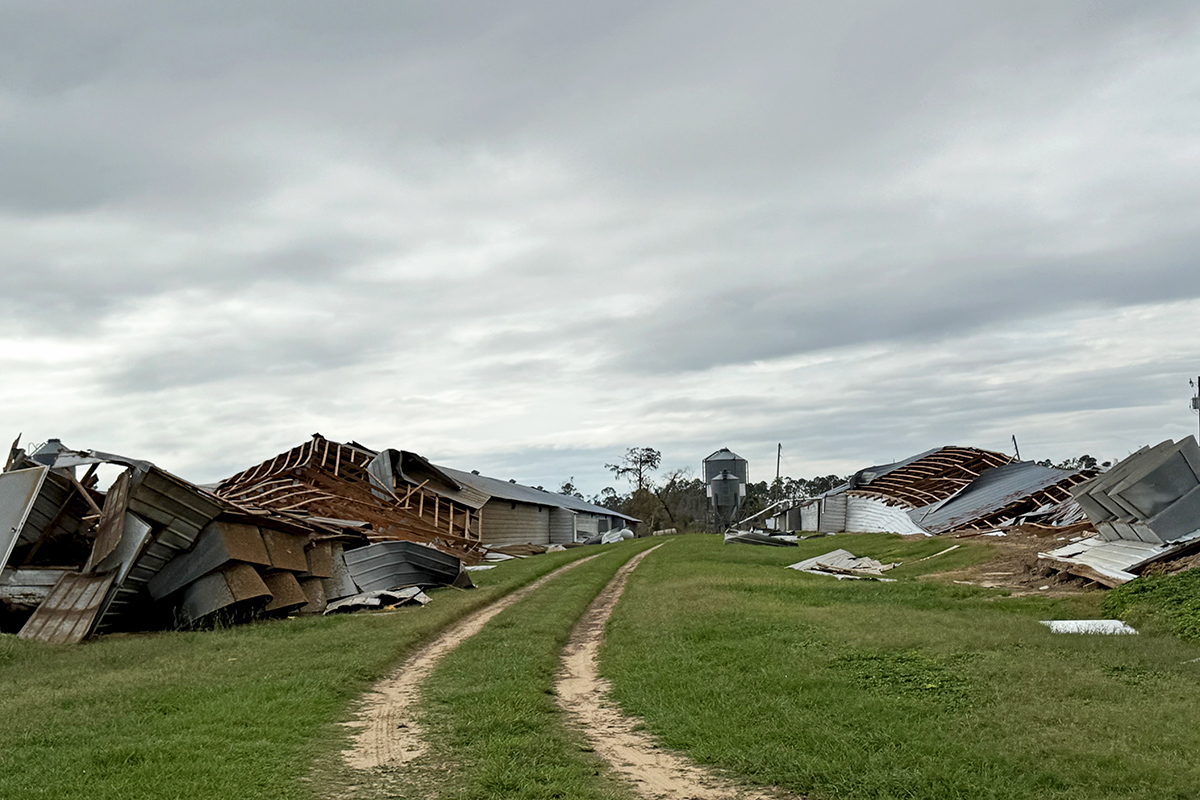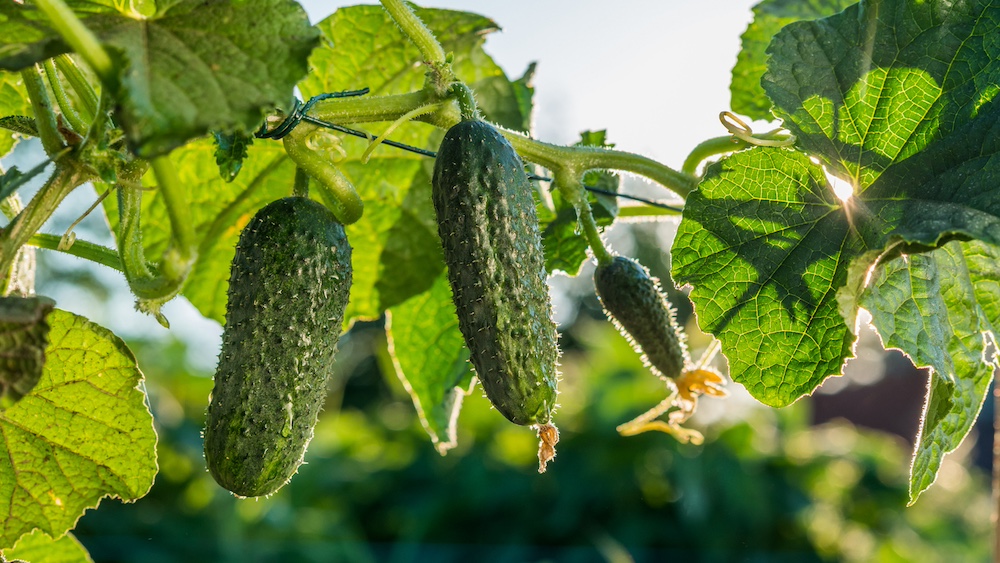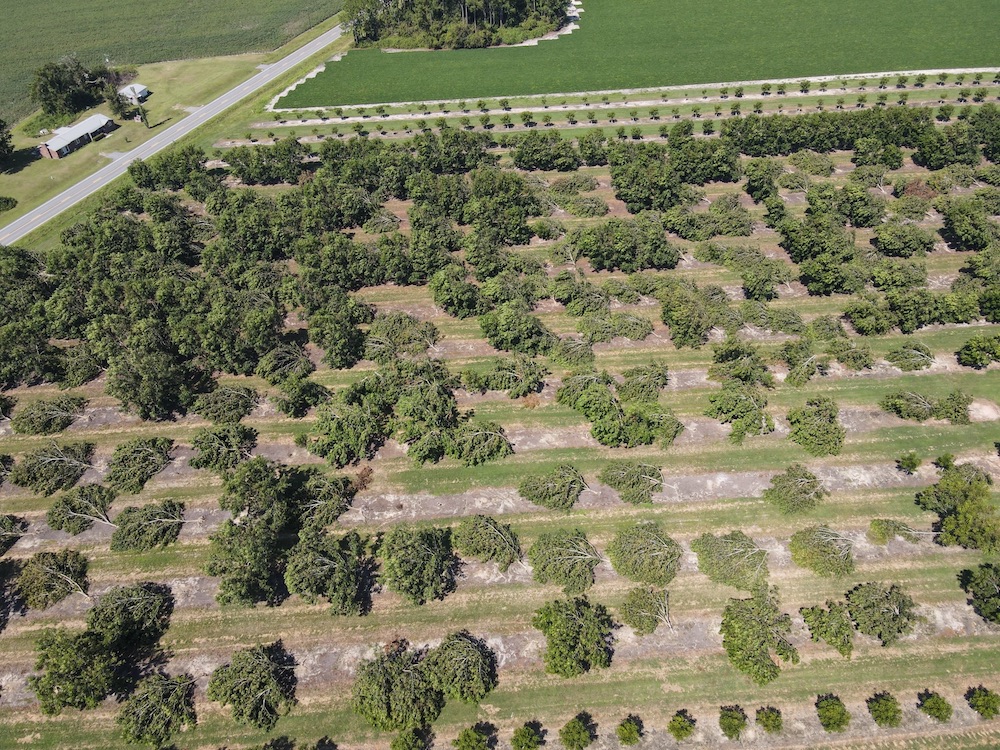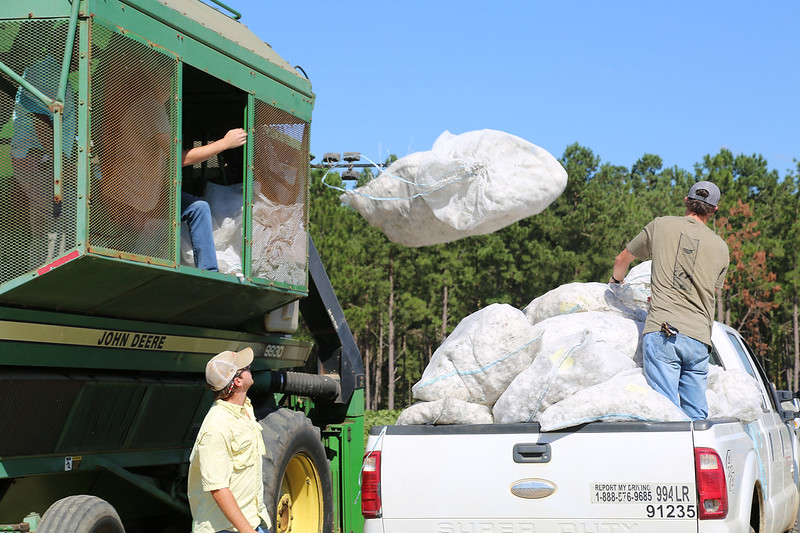Most people turn to weather reports to help plan their days. If rain is predicted, you take along your umbrella. If a warm, sunny day is expected, you feel safe leaving the umbrella at home. But accurate, local weather data has many more far-reaching applications.
Janice Hale owns and operates Hillcrest Orchards, an 80-acre apple farm in Ellijay, Ga. She needs precise temperature readings to plan her pesticide sprayings. She can't get that from a regional television weather broadcast.
To get the degree data she needs, Hale turns to the University of Georgia's Automated Environmental Monitoring Network, a collection of 50-weather stations located across the state.
Planning pesticide spraying
"I have to monitor the degree days," said Hale. "This helps me determine when the cottling moths are laying their eggs and makes the chemicals more effective."
These moths feed on the leaves and apples and can devastate an apple crop. Knowing when and how often to spray makes sense for Hale, both economically and environmentally.
Each UGA weather station monitors air temperature, soil temperature, humidity, rainfall, solar radiation, wind speed and wind direction. This information is updated hourly and posted to the network's web site, www.Georgiaweather.net.
The weather network was developed in 1991 and is the brainchild of Gerrit Hoogenboom, a professor with UGA's College of Agricultural and Environmental Sciences.
His original goal was to have one station at each of UGA's nine agricultural experiment stations. Eleven years and 50 weather stations later, Hoogenboom now hopes to eventually have a weather station in every Georgia county. And agribusiness owners across the state aren't complaining.
Preventing freeze damage
The newly established grape industry in White County, near Gainesville, will benefit, says Michael Harris, the county's extension agent. The wind direction and speed data could save the crop this winter.
"When the winds die down, the frost will be more likely," said Harris. "With our local weather station's help, we'll have time to get protection ready and fired up."
On a personal note, Harris' favorite part of the weather station is the soil temperature reading.
"In the past, I've gone out to area farms with a hand-held soil probe that's not very accurate," he said. "Now, I can do my job more efficiently and without leaving the office."
On the opposite side of the state, county agent Tucker Price in Quitman County shares Harris' enthusiasm.
"Until our weather station was installed this summer, I had to rely on weather data from the Dawson (Ga.) site two counties away," said Price.
He says cotton and peanut growers in his county will be able to use the weather station's soil temperature data to help them plan their crops.
Scheduling prescribed
"And the foresters here already have plans to use the wind speed and humidity data to plan prescribed burns," said Price.
In south Georgia, blueberry farmers in Brantley County were losing 80 percent of their Southern Highbush blueberry crop each year to early freezes by relying on television weather reports broadcasted from Jacksonville, Fl.
"Losses from the February 2002 freeze were a whopping 80 percent of the early maturing varieties," said Bob Boland, Brantley County extension agent. "The growers can now use the UGA weather station as a management tool to guide them on when to start freeze protection."
Greenhouse growers in Georgia area also finding the weather stations instrumental.
"The weather station in our county helped one of our greenhouse growers monitor the irrigation schedule for more than 60,000 poinsettias last Christmas," said Scott Daniell, Paulding County extension agent.
The grower uses rain collected in an abandoned gravel pit for irrigation. He uses the weather network website to monitor rainfall.
Educational uses, too
The weather station is located on the campus of Paulding County High School and is used in the vocational horticulture and science technology classes there.
Daniell also uses the website when he speaks to elementary school students.
"I show them the differences in the weather in a south Georgia county compared to a north Georgia county," he said. "Then I tell them about the agricultural crops grown in the different counties and this helps state geography."
Back at Janice Hale's apple orchard, she uses the weather stations as a teaching tool, too. Her farm hosts more than 15,0000 students each year.
"I always tell them how we use the weather to help control pests," said Hale.
Over the years, Hoogenboom has seen some unique uses for the weather station network that was originally established for agricultural uses.
"We've heard that many deer hunters pull up our website to check the weather on their hunting land," said Hoogenboom. "And a gentleman recently told me he uses the weather data to plan his home heating schedule. I'm often surprised at the uses people find for our weather stations."








